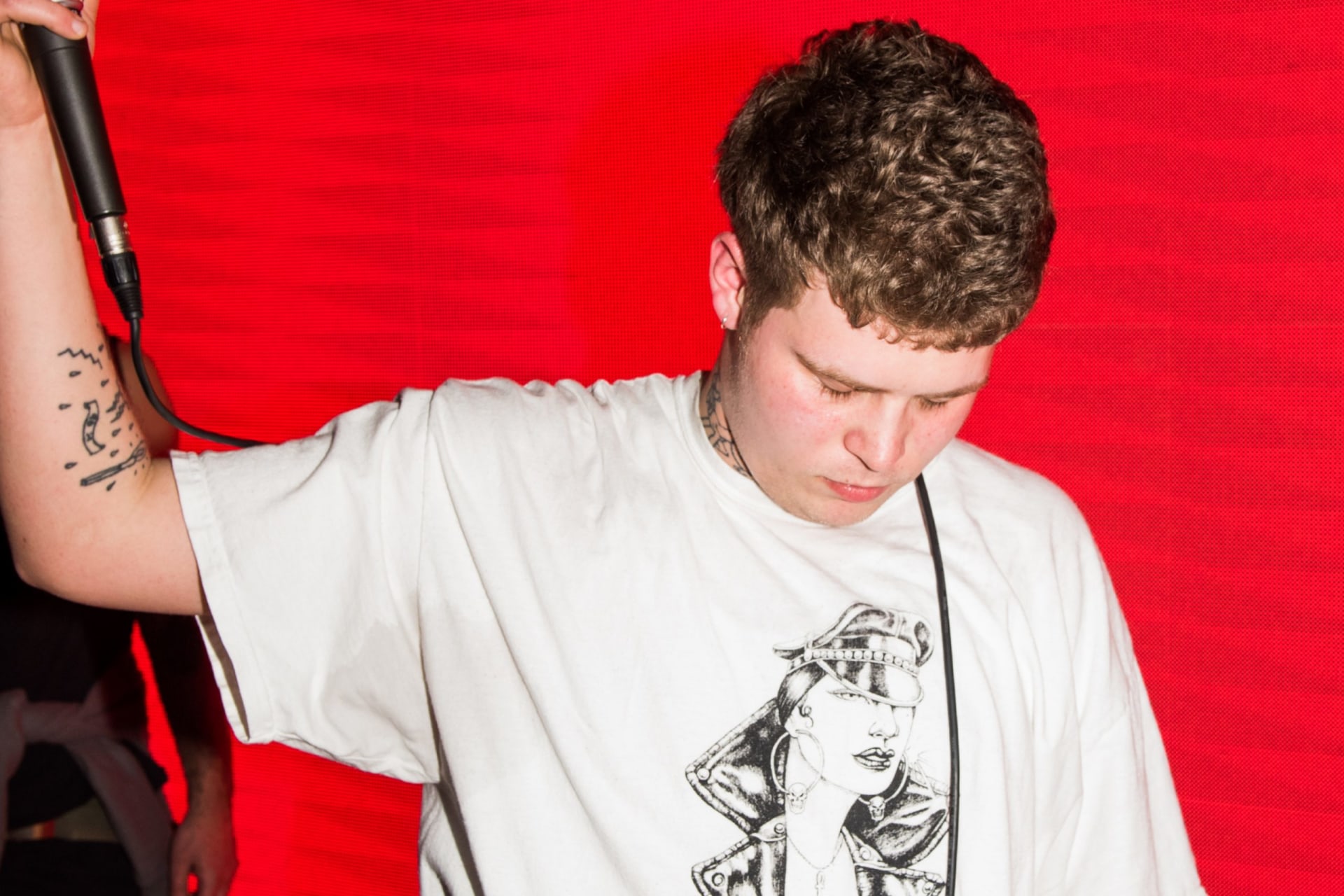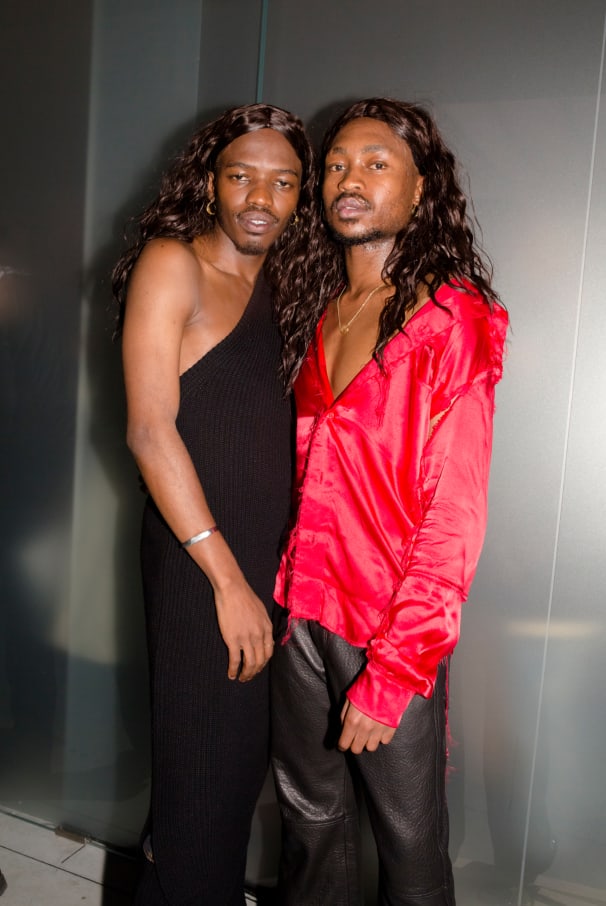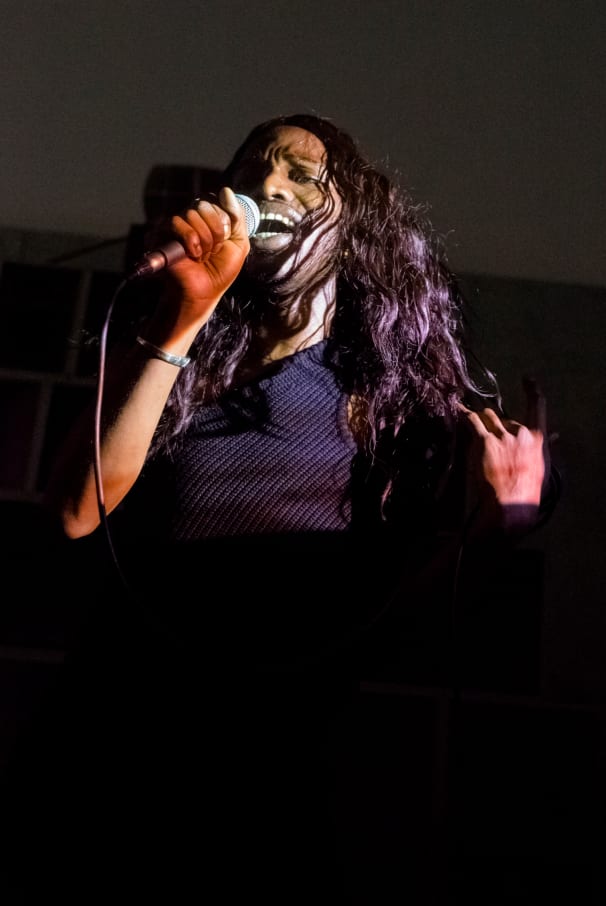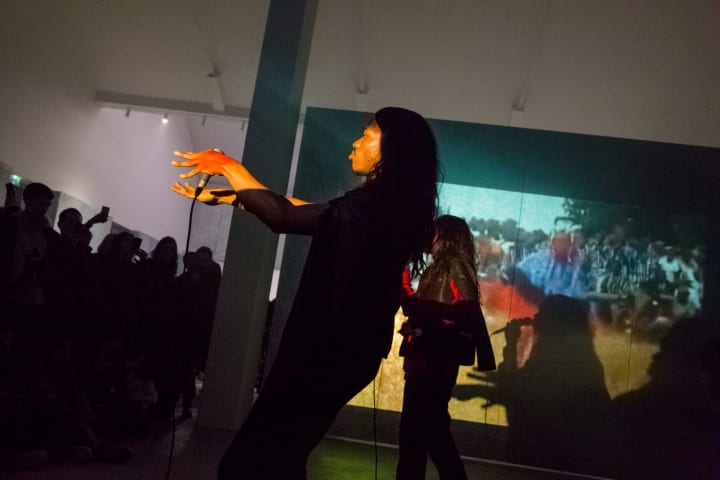
Inside Slam Jam’s Panoramic Approach to Music, Art, and Streetwear
With over three decades in the game, we find out how the Italian brand continues to stay at the height of cultural relevancy.
Italian multimedia platform and retailer Slam Jam bills itself as “clothing and attitude for the global underground.” Capturing the spirit of this underground, whether it be by collaborating with niche music scenes, scions of skate culture, or buzzy visual artists might be the modus operandi of most savvy streetwear brands today, but that wasn’t the case when Luca Benini founded Slam Jam in his hometown of Ferrara in 1989. The Northern Italian city Benini hails from, which is still home to the Slam Jam headquarters, is designated as a UNESCO World Heritage Site for its grand palaces and Romanesque cathedrals that date back to the Renaissance. It’s not quite the setting that you’d picture as the birthplace of global contemporary streetwear’s cross-pollinating cultural spirit, but Slam Jam originated the archetype for how many streetwear brands interact with music, art, and global culture more broadly. When Benini started Slam Jam as a clothing distribution company in those wide streets just over three decades ago, he was the first to supply Italian youngsters with American brands. Notably, Slam Jam was the first company to bring Stüssy to Italy.






In addition to their headquarters in Ferrara, Slam Jam operates a storefront in Milan and hosts annual pop-ups in places like Paris, Tokyo, and New York. In those carefully curated, meticulously laid out stores, you’ll find futuristic pieces from London-via-Bulgaria designer Kiko Kostadinov, rare Nike Special Project sneakers and vests that look ready for an orbit around the moon, and sleek jackets from Arc’teryx’s spin-off brand Veilance sharing floor space with one of Slam Jam’s exclusive collaborations with music labels and artists. These crossovers start to round out the aesthetic world that Slam Jam carves out with each storefront, pop-up, and multimedia event that they put on: there’s minimal pieces from a recent capsule collection with London-based label The Trilogy Tapes and T-shirts made in collaboration with New York City experimental jazz crew Onyx Collective that commemorated the brand’s 30th-anniversary last year. These musical collaborations aren’t hollow attempts at keeping up with the broader cultural zeitgeist. Benini’s partnerships run deep, as Slam Jam’s upcoming collaboration with former Italian punk rock band CCCP Fedeli alla linea makes clear—Benini’s been listening to their music since the early ’80s.


Benini says that this music-oriented collaborative spirit has been a part of the brand since day one. “Music has always been a strong driver and source of inspiration, and it had a crucial role in the birth and development of Slam Jam,” Benini tells me over email from Italy. He started DJing former dance halls that had turned into clubs by the mid-’80s in Ferrara. Even then, he had already developed a comprehensive approach to his craft. Alongside DJing, he printed the fliers to his parties and sold T-shirts.“I took care of the flyer, printing and selling a T-shirt with it, and DJing,” he recalls. “Then the clothing side naturally became a proper business, but the passion for music kept being one of the main inspirations and drivers.”
Slam Jam’s commitment to music subcultures goes far beyond just T-shirt collaborations and tote bags. In October 2017, in collaboration with Carhartt WIP, Slam Jam founded Spazio Maiocchi, an austere, 1,000 square-meter venue in Milan that provides a physical setting for Slam Jam’s distinct blend of art, music, and fashion. At Spazio Maiocchi last year, Slam Jam presented 1999, a multidisciplinary project that presented a kaleidoscopic look at the myth of the New Millennium and Y2K-era Milan youth culture—Honda scooters and Nokia phones were on display within a modular steel grid structure in one area while Michele Rizzo’s performance HIGHER xtn., which premiered at the Stedelijk Museum earlier that year, connected late ’90s nightlife and club culture’s present day significance as a space of self-expression and communion with a pointillistic original soundtrack by Lorenzo Senni. This is just one of many one-off multimedia events that Slam Jam has hosted with a variety of partners—last summer, as part of Milan Men’s Fashion Week, Spazio Maiocchi co-hosted a Gucci pop-up with an arcade-inspired installation to celebrate Harmony Korine’s edition of Milanese art publication Kaleidoscope, which took place only a few days apart from a Sterling Ruby exhibition in the very same space. The brand has now started to share some of the musical archive that grows with each of these special collaborations: Slam Jam’s Long Format Audio Archive collects live recordings from groups like New York’s Onyx Collective, pulled from one in a series of events that the brand hosted in Tokyo last year, and exclusive mixes to commemorate specific collaborations, like one from Stockholm-based DJ and producer Yung Sherman made in honor of Slam Jam’s partnership with Sad Boys Gear, a Yung Lean-affiliated merch line and brand hybrid.
At a time where most consumers expect brands to go beyond a bare minimum of product curation, to work identity markers and authentic cultural references into their overall ethos, Slam Jam’s decades-long, prescient work of collapsing categories and contexts in on themselves finally seems like the gold standard. When I ask Benini what he hopes Slam Jam’s legacy is in relation to music subcultures, and his answer is consistent with the sweeping approach he’s taken to his work ever since he printed his DJ fliers on T-shirts to sell in converted dance halls in Ferrara in the mid-’80s. “We aim to connect the dots—to support and amplify authentic forms of expression.”

Published September 21, 2020. Words by Rachel Hahn.
